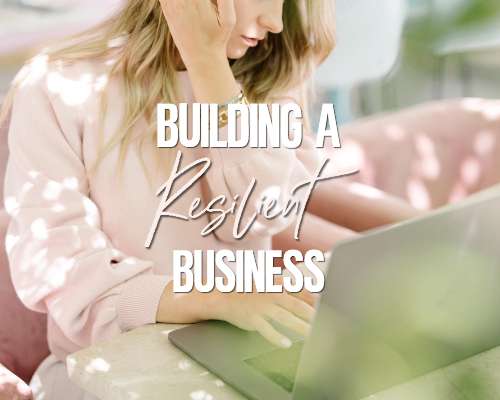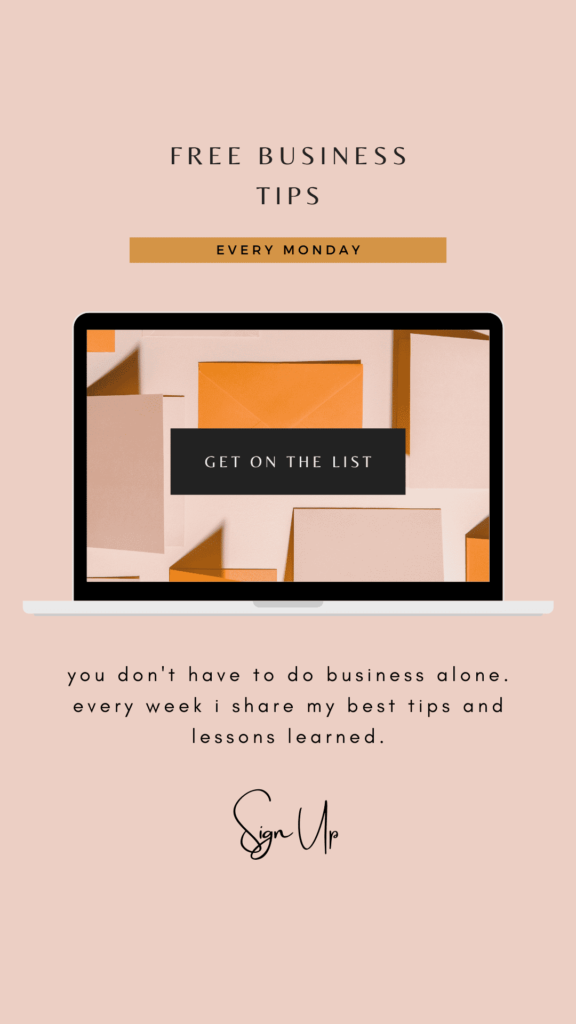As a resilient business builder, you seek to build an ethical business that keeps learning and provides value to the customer over the value it gives you in terms of your profit. One part of the process is to build resilient systems that will stand the test of time. But what are the characteristics of a resilient system?
- They are redundant – A resilient system has redundancy built-in. For example, your hosting company probably has your website on more than one server as a back up just if there is a fire or other problem that disrupts your website. You can do the same by using two different hosts, creating your own redundant system.
- They are safe and secure – Regardless of the platform, you will want to ensure that all your systems are safe and protected from the outside as much as possible, but also safe internally. For example, when you document the steps to upload posts to your WordPress blog, do you include saving the blog posts on your cloud server in a way that you can easily find them should your website become corrupted?
- They do what you need them to do – No system is good if it doesn’t easily accomplish your goal. If you have to gerrymander and cobble together many different pieces, there is more opportunity for failure. If your system isn’t working 100 percent of the time, it’s time to create a new one.
To create resilient systems, you need to understand:
Which critical services must your system provide even during a problem?
What is the deliverable or result that your customer is looking for? For example, if you are a virtual assistant who needs to turn in work by a certain time each day by uploading it to Trello and your internet goes out, how will you do it?
What disruptions can adversely affect your ability to provide your service?
Are there conditions that will definitely delay or prevent you from doing the thing your customers are expecting? List anything that can happen from illness to bad weather to other issues that might occur. If you plan in advance for these contingencies, you can prevent a lot of them.
What the disruption looks like from your ideal customer’s vantage point?
Always look at this from the customer’s point of view because that will help you target your business’s most important parts to continue during the downturn or disruption. For example, if you’re sick for a week, do you know someone who can do work temporarily that you outsource to? You may not earn a profit at that point, but you will preserve your business for more profit after you’re well.
When trying to build systems that stand the test of time, which will include over the years a few disruptions and perhaps outright killer technologies that cause you to change course entirely, always consider the main point of your business that you wrote your vision statement about.
Thank you for joining me! For more free lessons in this series simply click the “Next Post” button below.


